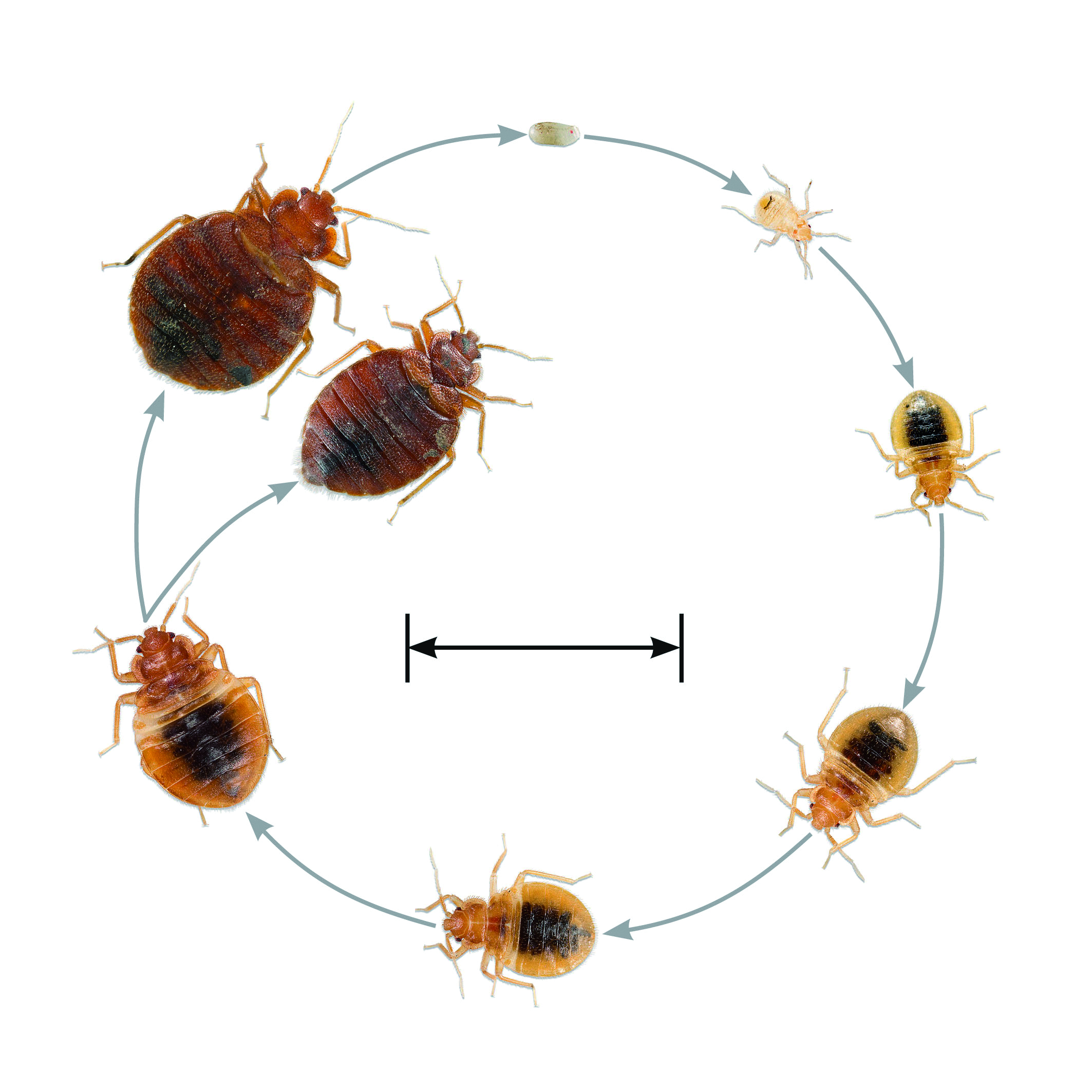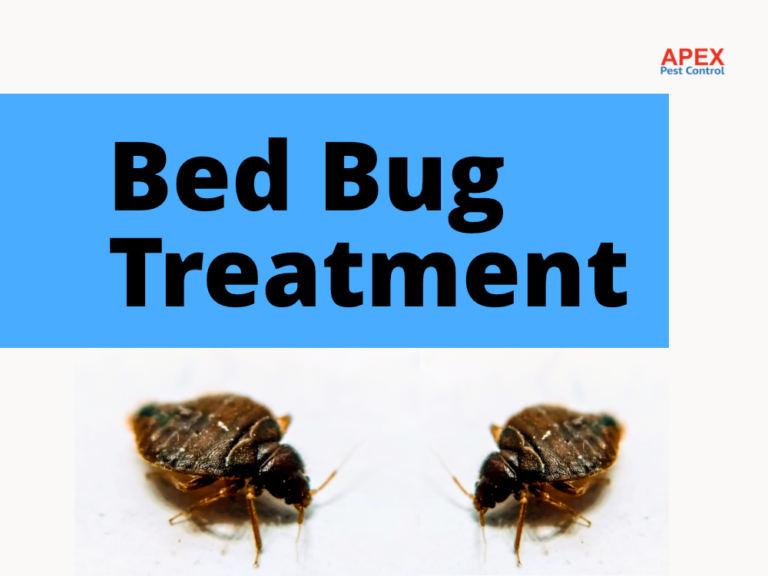Bed Bug Treatment: Professional Insights and Practical Suggestions
Bed Bug Treatment: Professional Insights and Practical Suggestions
Blog Article
Discover the most effective Bed Bug Treatment Methods for Your Parasite Control Strategy
When faced with a bed insect problem, recognizing the most efficient treatment techniques comes to be essential for successful pest control. Selecting the finest bed insect treatment approach tailored to your specific situation is important for achieving lasting results.
Identifying Bed Insect Problems
Identifying indications of a bed insect problem can be important in successfully dealing with the issue and avoiding additional spread in a prompt fashion (Bed bug treatment). Bed insects are elusive parasites that hide throughout the day and appear at night to feed on blood. Usual indications of a bed bug infestation include reddish-brown discolorations on bedding or furniture from smashed pests, little dark spots that are bed pest excrement, lost skins in locations where bed bugs conceal, and a wonderful, mildewy odor in extreme infestations
Among the crucial signs of a bed insect trouble is awakening with unusual welts or bites on your skin, especially in a direct or gathered pattern. It is important to thoroughly inspect your sleeping location, including the mattress, box spring, headboard, and neighboring furniture for real-time bugs or signs of their visibility. Trigger recognition of a bed bug problem is essential to avoid the situation from intensifying and calling for extra considerable therapy approaches. It is advisable to look for specialist pest control help to properly eliminate the bugs from your home. if you believe a bed bug invasion.
Non-Chemical Therapy Approaches
Non-chemical therapy methods offer efficient choices for resolving bed bug invasions without relying on conventional pesticides. Heat therapy is one such approach that entails raising the temperature in ravaged locations to levels that are lethal to bed insects. Additionally, heavy steam therapy can be used to eliminate bed pests and their eggs by revealing them to high temperatures, making it an important non-chemical choice for combating invasions.
Chemical Treatment Choices
Having actually checked out efficient non-chemical techniques for attending to bed pest problems, it is vital to think about the efficiency of chemical treatment choices in combating these durable insects. Chemical treatments play an essential duty in bed insect control, particularly in extreme invasions where non-chemical techniques might not supply sufficient alleviation. There are numerous types of chemical treatments readily available for dealing with bed insects, including pesticides, desiccants, and insect growth regulatory authorities.
Insecticides are generally made use of to eliminate bed insects on contact and deal residual protection versus future infestations (Bed bug treatment). Desiccants function by harming the outer waxy layer of bed insects, bring about dehydration and fatality. Insect growth regulatory authorities interfere with the bed insect life cycle by inhibiting their growth from nymphs to grownups, eventually minimizing the populace over time
When thinking about chemical treatment alternatives, it is essential to focus on security by adhering to label guidelines, making use of appropriate protective gear, and considering the possible dangers to people and pet dogs. Consulting with an expert pest control service can aid identify one of the most safe and efficient chemical therapy for your certain bed pest infestation.
Integrated Bug Administration Techniques

IPM approaches for bed bug control may consist of thorough inspection to figure out the extent of infestation, recognition of key harborage sites, and application of hygiene steps. In addition, lowering clutter, sealing splits and crevices, and removing potential hiding spots can aid deter bed bugs from establishing themselves.
Additionally, non-chemical control techniques such as warm treatment, vacuuming, steam cleansing, and using bed bug traps can be efficient components of an IPM plan. These techniques target bed insects at different life stages and disrupt their reproductive cycle, bring about populace decrease.
Regular monitoring and follow-up inspections are crucial in IPM to analyze the effectiveness of control actions and make required adjustments. By including integrated Home Page pest monitoring approaches into your insect control strategy, you can achieve long-lasting success in managing bed pest invasions.
Specialist Extermination Services
Specialist extermination services give specific expertise and sources for effectively eliminating bed bug invasions. Bed pest infestations can be specifically testing to tackle because of their resilience and capability to conceal in numerous cracks and gaps. Expert pest control specialists are educated to recognize the signs of bed insects, locate their hiding areas, and utilize targeted treatment techniques to remove them successfully.
When choosing a professional extermination service for bed insect control, it is vital to try to find qualified and licensed pest control companies with experience in dealing especially with bed pests. These specialists have access to a variety of therapy alternatives, consisting of chemical and non-chemical approaches, to effectively combat bed bug infestations while making certain you can try this out the safety and security of owners and pet dogs.
Furthermore, expert pest control men can provide follow-up inspections and treatments as required to make certain that the problem is totally gotten rid of. Their competence in bed bug actions and therapy protocols can help prevent future problems, supplying comfort for homeowners and businesses alike. When confronted with a persistent bed insect invasion, enlisting the solutions of professional pest control operators is usually the most reputable solution to accomplish full removal.
Conclusion

When encountered with a bed pest problem, recognizing the most effective therapy approaches becomes crucial for effective pest control. Common signs of a bed insect problem consist of reddish-brown stains on read here bedding or furniture from crushed insects, little dark areas that are bed insect waste matter, dropped skins in areas where bed insects conceal, and a pleasant, mildewy odor in serious invasions.
Having actually explored efficient non-chemical approaches for addressing bed bug infestations, it is vital to think about the efficiency of chemical therapy choices in combating these resilient pests. Chemical treatments play a critical duty in bed bug control, particularly in extreme infestations where non-chemical methods may not provide enough alleviation. By integrating these numerous treatment techniques into a thorough parasite control strategy, individuals can effectively eliminate and handle bed bug problems in their services or homes.
Report this page